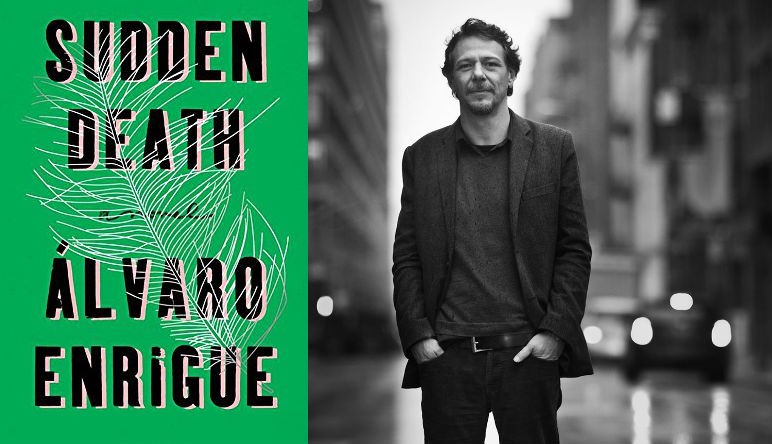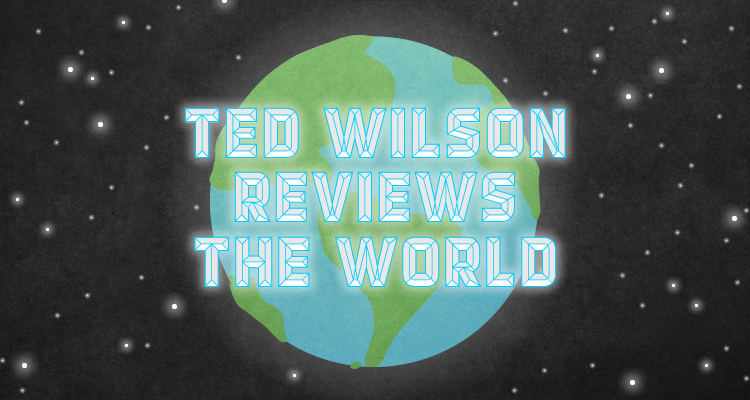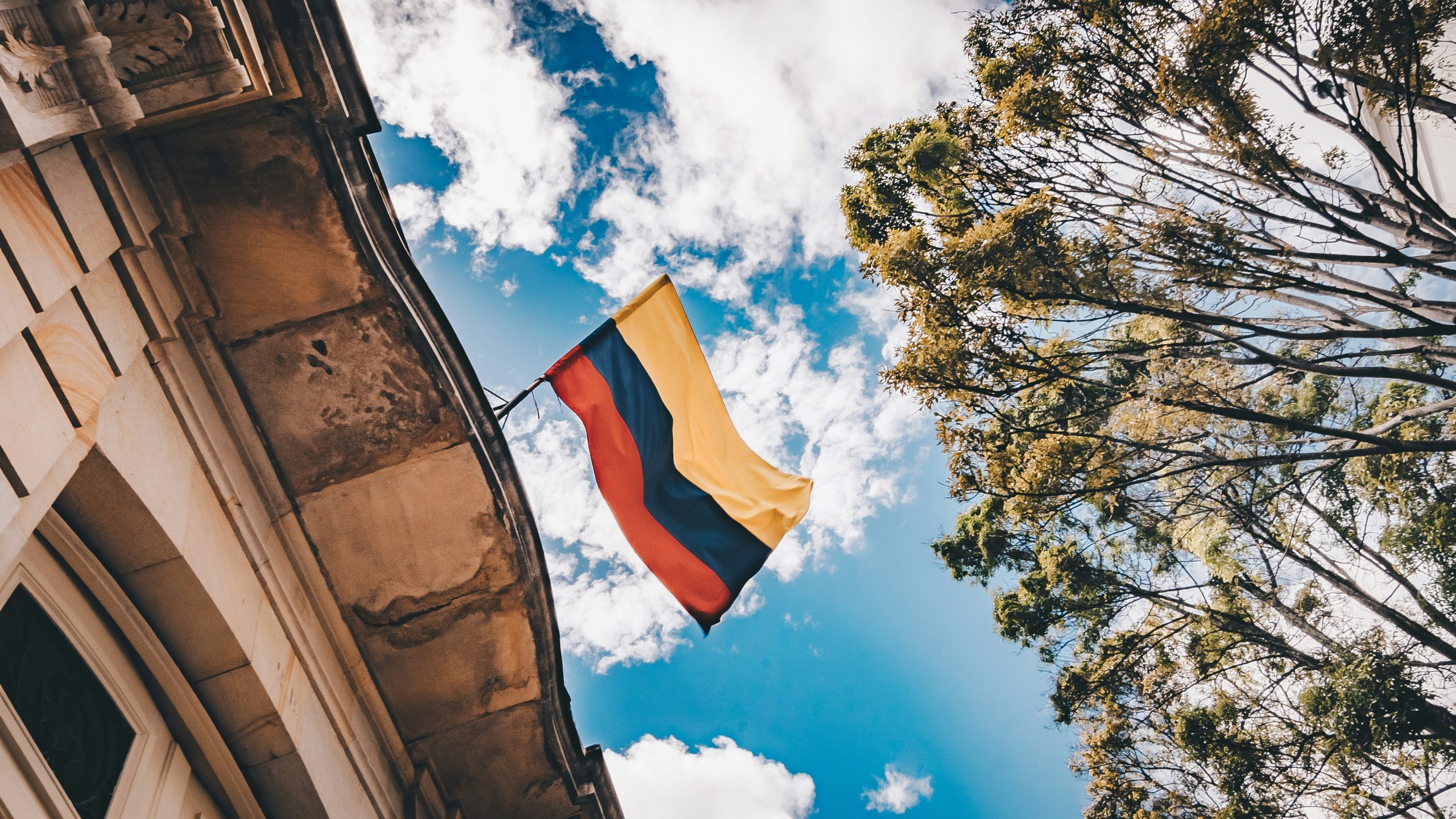interviews
Álvaro Enrigue, Author of Sudden Death, on Caravaggio’s Tennis Game, Castration & The Birth of The…

The following is an excerpt provided by our friends at BOMB.
Read Esposito & Enrigue’s full conversation in BOMB’s spring issue.
I first met Álvaro Enrigue at that notoriously inhumane collection of book-people known as BookExpo America. It was 2013. Four years before, I had written a review of the anthology Best of Contemporary Mexican Fiction, which included Enrigue’s story “On the Death of the Author,” his debut in English. I daresay I was the first American critic to write about him; if not the first, one of a handful. As this smiling man strode up to me in that clusterfuck of commerce, I barely remembered that review. But no sooner did Álvaro grab my hand and pump it up and down than he sang my praises for the words I had given to his story. As we went on to make awkward small talk, it became clear that this opening gratitude was no calculated act — he was genuinely thankful, and he could think of no other way of beginning our very first interaction than by letting me know.
In the years since that meeting, Enrigue’s profile in English has risen. Hypothermia — an excellent book from which “On the Death of the Author” is drawn — was released that spring and became an underground hit. Later that year, he received the immensely prestigious Herralde Prize for his unpublished novel Muerte súbita, which, before it even had a Spanish-language publisher, was already drawing the attentions of major US presses. That book is now published as Sudden Death in an outstanding translation by Natasha Wimmer. It is a suitably strange, light-footed but historically weighty construction that centers around a fake tennis match between the painter Caravaggio and the poet Francisco de Quevedo. From this central conceit, Enrigue expands the frame to take in the immense canvas of Counter-Reformation Europe and Cortés’s New World. It is a brilliant synthesis of art, history, religion, power politics, and — yes — tennis, a complex study of our world via the world that gave birth to modernity. It is much like an American postmodern book, except it is very different from, say, a Pynchon or a DeLillo since it is carried along by Álvaro’s very Mexican wit and sensibility, as well as his own intuitive logic. His books are at once morbid and celebratory, somber and slapstick, historic and very much about the present. Precisely how Álvaro reconciles these opposites indicates his unique contribution to our world of letters.
Scott Esposito: I want to begin with your novel Sudden Death, your latest book in both Spanish and English, and the one that most people who read this interview will associate you with. It’s very much about the painter Caravaggio and the poet Francisco de Quevedo, but it’s also about their era, an era that transformed Europe and the New World and instigated what we would call the modern world. I see two main threads in this book: the capital H History that is ruled by the elites and shapes the world we live in, and then the lives of artists, who are legislators in their own right. Let’s start with the artists. What about Caravaggio and Quevedo made you want to explore a relationship between them through a tennis match?
Álvaro Enrigue: For years I wanted to write a book not about but with Caravaggio. I thought that the fluidity of his sexuality, his faith in process as an artist, and his incredible ability to get in trouble had something to say about the world we live in, of which he was kind of a pioneer. There are many fascinating things about his life: He was Galileo’s friend, he was a murderer, and he dressed like a charro avant la lettre (that is, a Mexican cowboy). Legend states that his sword said “Without hope” on one side and “Without fear” on the other. When he finally got a commission for a painting for Saint Peter’s Basilica, he used a really vulgar old woman as a model for St. Anne (the painting never did make it to Saint Peter, of course). But I have no interest in historical novels; I didn’t want to represent a period and a character, but rather reflect, in a narrative key, on the first moderns, our true ancestors. So I needed to find a way to talk about Caravaggio — maybe with him — that was not a period portrait in a famous set. While circling these ideas I revisited a biography of his and noted a detail that I had previously missed: before stardom and celebrity, he used to play professional tennis at the Piazza Navona. He actually played pallacorda, an Italian antecedent to the modern game, to earn some extra cash. Showing him as a tennis player, I thought, would let me focus the novel as a study of his figure outside the box of Caravaggio-esque topics.
A novel researches something that was previously not visible. Now we know things about Caravaggio that maybe not even he himself knew — in the period in which he used to hang out with Galileo, the astronomer was just a math professor, no one knew that he would become a radical revolutionary, for example. There were things to say about that, about how liberal the people of the Baroque period were, and so on.
SE: So Caravaggio and Francisco de Quevedo made up this rich binary to investigate the period?
The sensual beast could only show himself honestly if confronting that incendiary brain with legs that was Quevedo.
ÁE: Such a monster as Caravaggio could only play tennis — in a novel, I mean — against another monster, and Francisco de Quevedo had a comparable CV, at least in my heart. He was the most toxic poet to ever exist — the master of the erotic sonnet — the most credible and mean-spirited critic of the Spanish society of his time, a man who defended Catholicism as an ideological tool to keep the empire together when he was obviously an atheist, the translator of Moore’s Utopia, a fearsome swordsman, and, for a time, a pirate of the Adriatic. A moralist with no morals, who could be a better match for Caravaggio? The sensual beast could only show himself honestly if confronting that incendiary brain with legs that was Quevedo. As it must be clear by now, the tennis match is only what holds the book together, a silly anecdote that can be extended in time; it’s there to keep the tempo.
SE: The way you chose to create Caravaggio’s relationship with Quevado is very successful: the men express their differences through a tennis match, with each one’s particular style of play reflecting his unique character traits. The ways they swing their racquets, the ways they try to cheat, their serves, their interactions with the linemen and their paisanos, the shots they attempt, their failures … all slowly coalesce into identities. And as the game is seesawing back and forth, you begin to fill in the story of how the two met the night before, and the resulting combustive encounter that gave rise to this tennis match, which is in fact a duel. This athletic negotiation is very much about power, just as the other relationships in the book — between the kings and conquistadors and popes — are also about battling over power. Do these conflicts have something to say about how these men are modern?
ÁE: It comes down to where you want to draw the line of modernity: the debate is so wide and has existed for so long that it is almost a personal decision. I have a preference for a term used by academics to define those seventeenth-century braves who threw themselves onto the train of obsessive innovation: “early moderns.” It’s lovely, as the idea of modernity involves the faint smell of decadence; the notion of something newly born yet already rotting is elegant — and maybe it’s precise in political terms, since it is in this period that things went wrong forever. But I tend to prefer definitions that are a bit more extreme: Lyotard says that modernity began the moment that Saint Paul projected history as a line and not a circle, as something with a beginning and an end.
There is something “Pauline” and apocalyptic in the way Caravaggio kept moving forward, destroying the tradition of Catholic art and himself in the process. His was a desperate effort to give testimony of a world that, according to the creed of Counter-Reformation, had been misrepresented. My novel, then, begins closed up in the pallacorda match. Quevedo is nineteen years old — or something like that — and he is there, in the service area of the tennis court at the Piazza Navona, trying to understand this creature on the other side of the net, at the same time unbelievably sophisticated and unacceptably vulgar — as are we, keeping our records of Miles Davis and The Clash in the same box. I don’t have to say that Quevedo’s fascination with the monster is mine. The game is told not from his point of view but perhaps from the perspective of someone who is just behind his shoulders, someone who has accepted his poems’ poisonous advice. Then the picture opens, first to Rome, and then to Europe. When the players change courts, the point of view changes. Now the reader looks at Quevedo and his friends, and imperial Spain and the Americas behind them.
We are the children of that generation, chasing again and again the volleys of religious fanatics and the abusive politicians who prosper thanks to them, the bankers and capitalists cashing in on the misery they produce in the rest of the world.
During the hour and a half in which they are playing, the court is the center of the world. A world that had become so big and confusing that it began to demand bigger tools to be understood — Galileo’s theories renewing the way in which reality was organized, and Baroque art too, as a desperate way of representing a universe in perpetual change, or sonnets as the ultimate tools to understand the human soul’s contradictory nature. The modern novel was about to be invented by Cervantes, as a machine to think about what is and what is not moral in a universe that didn’t fit in the Bible anymore. Sudden Death is a novel — we are still there. We are the children of that generation, chasing again and again the volleys of religious fanatics and the abusive politicians who prosper thanks to them, the bankers and capitalists cashing in on the misery they produce in the rest of the world. Sudden Death is not about Caravaggio, Quevedo, and their world, but ours.
SE: Indeed, and it’s fitting that a Mexican and an American are having this conversation, as Sudden Death is very much about what parts of Europe were transported to the New World. Your country and mine are both the products of foundational compromises. In the case of Mexico, the people living there when Cortés arrived were massacred and then forced to assimilate into a facsimile of the European political order circa 1600. But of course this did not happen exactly, and Mexico is now known as a challenging union of the indigenous and the European. Similarly, the US’s founding was an attempt to combine two incompatible systems: a feudal, aristocratic order based on slave labor, and an incipient capitalism that tended toward the opposite of feudalism in nearly all possible ways. In both nations the original questions persist to this day, causing great struggles, but I would say that these contradictions are also the source of a certain dynamism. Do art and literature require these historical conflicts? Is the image of Caravaggio and Quevedo — a lowly painter and a poet on the run from his king — volleying back and forth a tennis ball that is in fact a product of the power struggles between the rulers of two European empires … is this image perhaps a metaphor for the artist’s task?
ÁE: Clever! The structure of the novel is binary, as defense and attack movements. It is a novel about how the classic value of Roman virility ended up fucking up the world when misunderstood by the kings and emperors of the seventeenth century. The Baroque can be seen as a failed attempt to re-Latinize Europe. Quevedo’s writing is absolutely sexy because he achieved that impossible task: to make Castilian sound like Latin again. It’s a novel that should be read moving your head from one side to the other. A book that shows not el gran teatro del mundo, as the passengers of the Baroque used to call it (the world as a great theater), but the world as a great court. So the heart of the novel is not in the stories told but in the way in which pairs of opposites add up over and over, resignifying what was told before. It’s all about the dynamics of confrontation, to reuse your words. England vs. the Vatican, Spain vs. France, the Aztecs vs. the Holy Roman Empire, and of course heterodox vs. conservative sexualities, poets vs. painters, Mannerism vs. Baroque, revolutionary artists vs. the system, etcetera. At the end, because I have the heart where I have the heart, the only unblemished character is the Aztec artist — as he is left without anything, he has to reinvent the world, he is the only one who integrates instead of destroying, the only one who thinks with his “upper head.”
If I remember well, when I was writing about all those balls and beheadings, I was thinking more of the notion of castration than of the artist’s task. Quevedo, Caravaggio, and Cortés will eventually be raped by politicians with power over them, but, at a certain temporal or geographical distance. The rebels are the ones with the power of fertility in their hands. I’m not saying that Cortés was an artist — he was guilty of genocide — but what a world he produced in his short yet brilliant moment, the brief period portrayed in the novel when he was thinking of annexing the Mexican Empire to the Holy Roman one and not erasing it.
Read the rest of Esposito & Enrigue’s conversation at BOMB.









